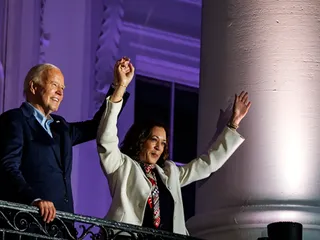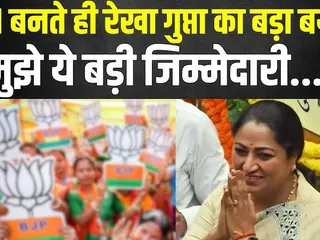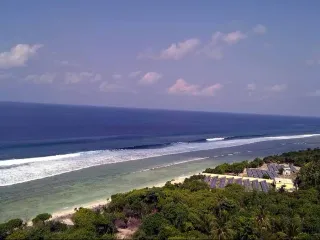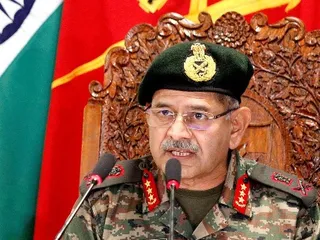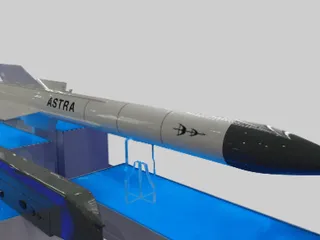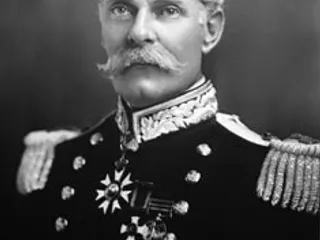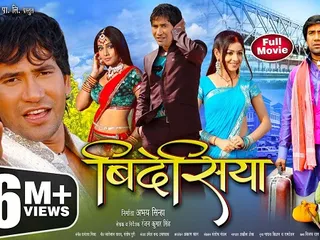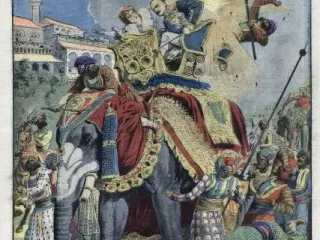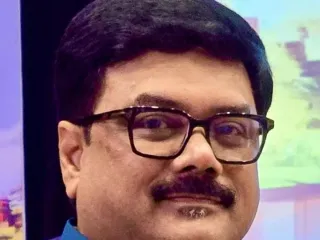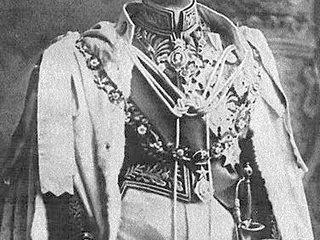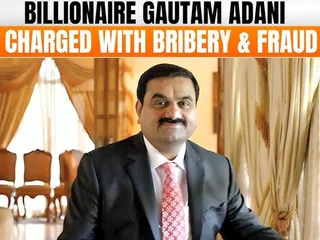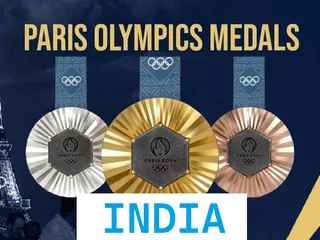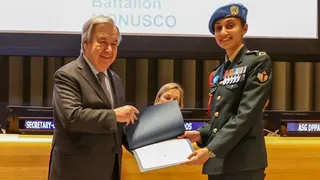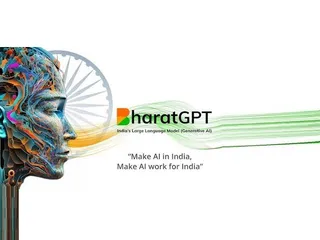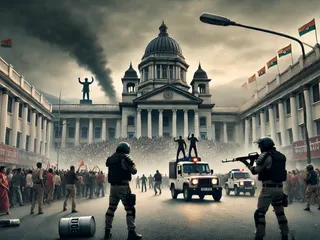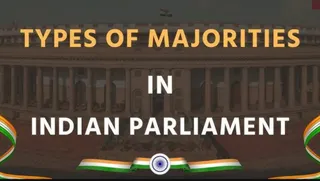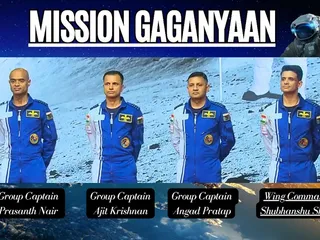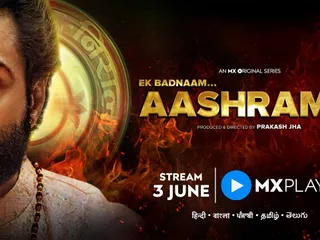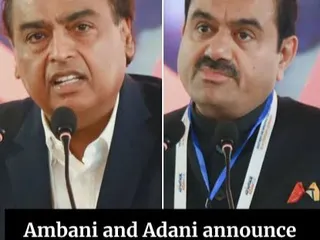The Surat Split of 1907 marked a significant turning point in the Indian National Congress (INC), fracturing the organization into two distinct factions: the Moderates and the Extremists. This division, occurring during the Congress's annual session in Surat, Gujarat, had profound and lasting consequences on the trajectory of the Indian independence movement.
For years, the INC had been grappling with internal disagreements over strategy and tactics. The Moderates, led by figures like Gopal Krishna Gokhale and Dadabhai Naoroji, favored a gradual and constitutional approach to achieving self-rule. They believed in working within the existing political system, appealing to the British government for reforms through petitions, appeals, and reasoned arguments. They emphasized building a strong case for India's self-governance based on loyalty and collaboration.
In contrast, the Extremists, championed by Bal Gangadhar Tilak, Lala Lajpat Rai, and Bipin Chandra Pal (Lal-Bal-Pal), advocated for a more assertive and radical approach. They believed that the British government was unresponsive to moderate appeals and that stronger pressure, even including civil disobedience, was necessary to secure India's freedom. Their ideology included a strong emphasis on Swaraj (self-rule) and often incorporated elements of Hindu nationalism.
The tensions between these two groups intensified over several years, culminating in the explosive events at Surat. The central issue of contention was the selection of the Congress president. The Extremists supported Lala Lajpat Rai, while the Moderates favored Gopal Krishna Gokhale. The Moderates, holding a majority in the Congress Working Committee, initially nominated Gokhale, however, Tilak and his supporters challenged this decision, leading to a tumultuous session.
The Surat session descended into chaos. Heated debates, heated arguments, and fistfights broke out amongst delegates. The Moderates, with the support of some wealthy donors who exerted influence, managed to outmaneuver the Extremists. Ultimately, the Extremists were expelled from the Congress, resulting in a formal split in the organization. The violence and disunity displayed at Surat highlighted the deep ideological fissures within the nationalist movement.
The consequences of the Surat Split were far-reaching. The Moderate faction, while retaining control of the Congress, lost some of its effectiveness due to the absence of the powerful voice and widespread following of the Extremists. The Extremists, though separated, continued to pursue their own brand of nationalism, organizing separate campaigns and contributing to the rise of revolutionary movements. While the split temporarily weakened the unified front against British rule, it also allowed both factions to develop distinct strategies, leading to a diversification of approaches within the independence movement. Over time, both factions and their varied tactics would contribute, in their own ways, to the eventual achievement of independence.
The Surat Split remains a significant event in Indian history, a stark reminder of the complexities and internal struggles that characterized the fight for independence. It showcased the diverse perspectives and strategies employed by Indian nationalists in their pursuit of Swaraj, providing a crucial insight into the evolution of the Indian national consciousness.






 (24)jpeg-1722421859875.jpeg.webp)


